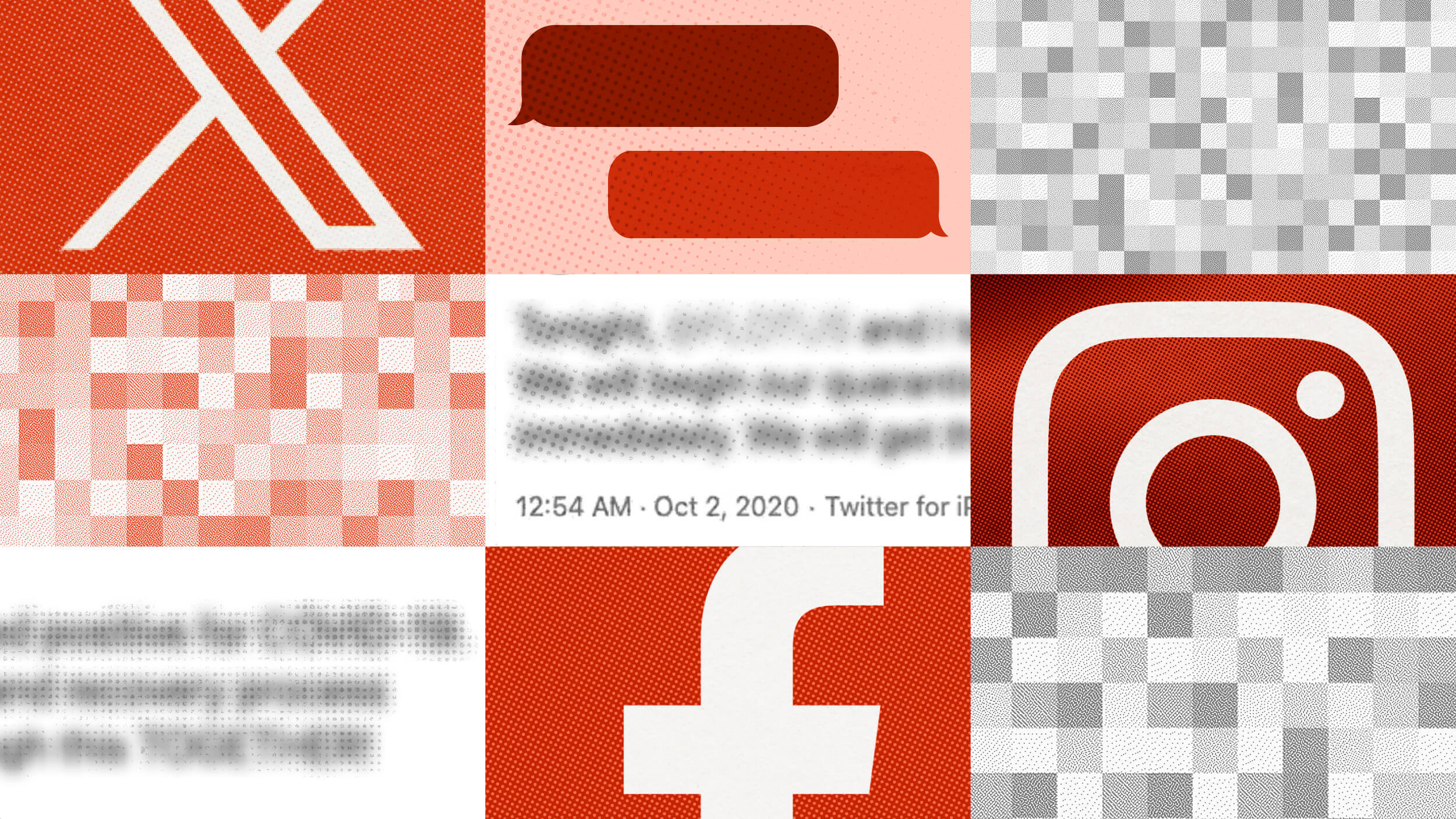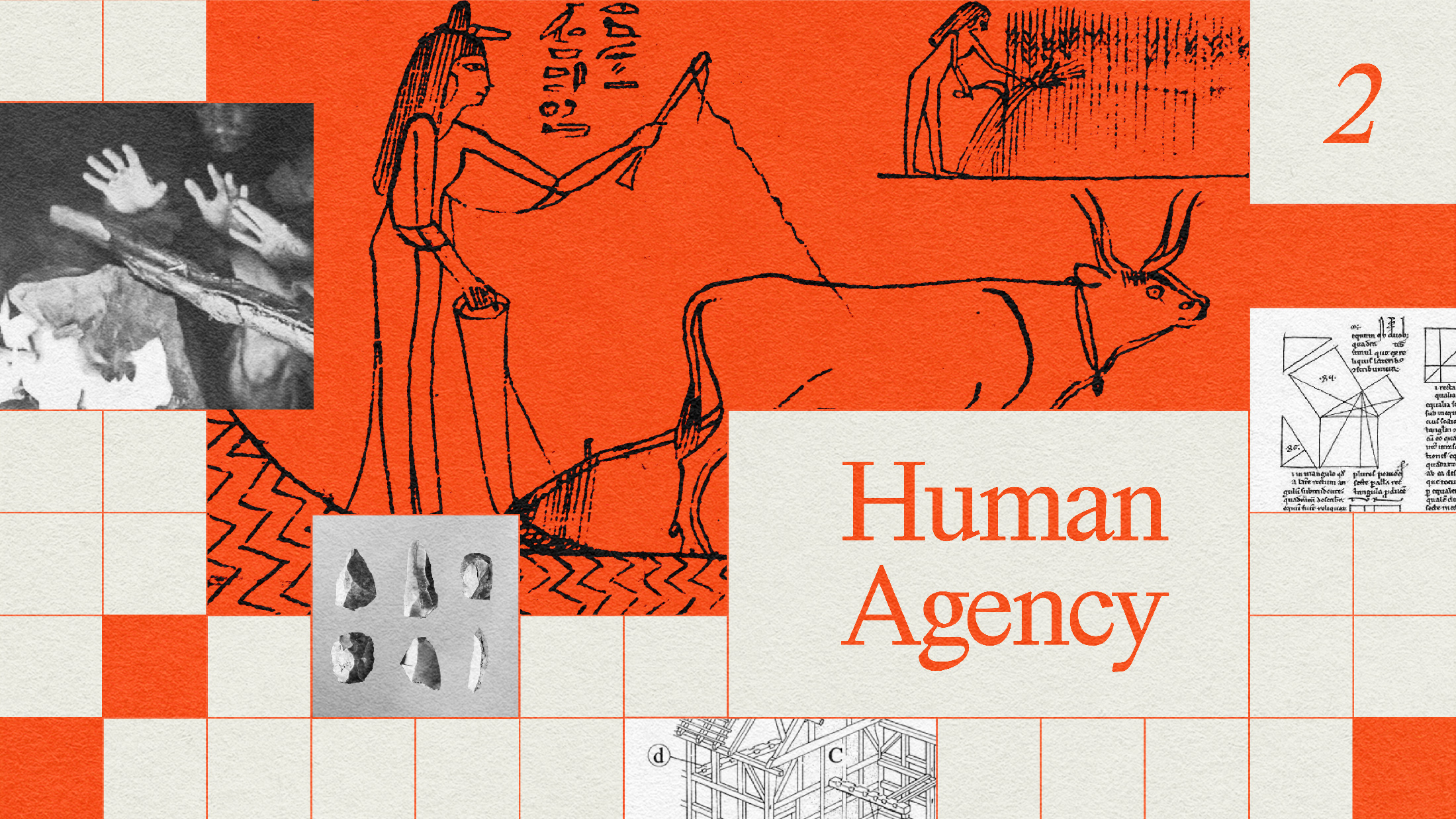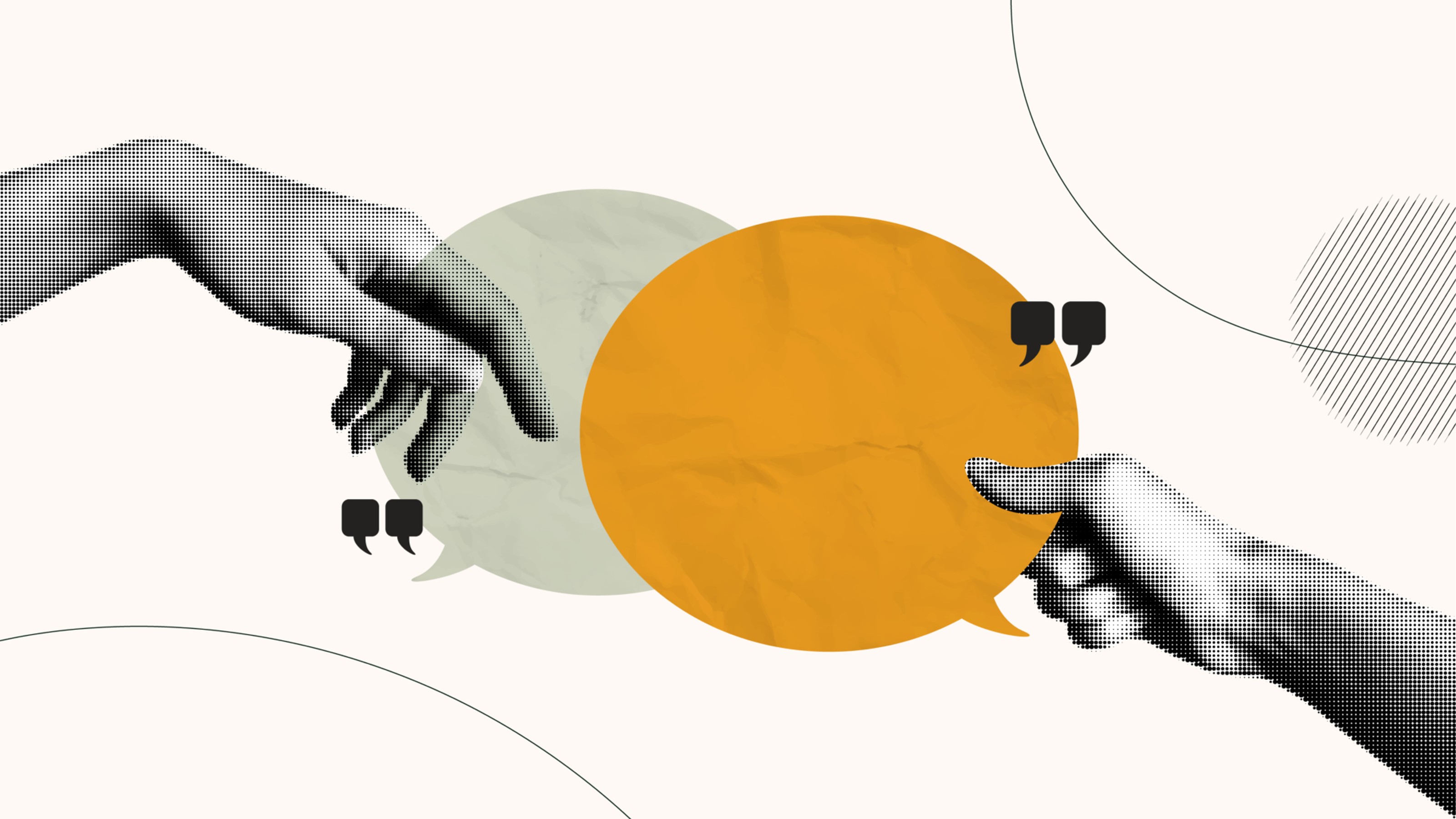Social media networks are sometimes criticized for making our personal connections shallower. The ease with which we can now contact anyone makes the effort to do so less impactful. But gaming researcher Jane McGonigal says that we can use instant, online communication to make a real improvement in another person’s day. Her “plus one” technique is a simple, direct way to make an earnest connection with a friend or loved one, engage them in a genuine exchange, and give their day a little boost.
Jane McGonigal: Pick somebody in your life and you send them a message asking them how their day is going on a scale of 1 to 10. And it’s very important that you ask them on a scale of one to 10 for a couple of reasons. You’ll actually get a more interesting answer because usually, you know, if somebody says a three or an eight, they’ll explain it a little bit. And suddenly you’re getting a little more in-depth information than you’d normally get if you would just ask them, "How are you doing?" "Oh, I’m fine or I’m tired or I’m hungry."
And then when you do get a reply, what you do is you immediately text back or write back and say, "Is there anything I can do to make that number plus one? Anything I can do to move you from a three to a four or from an eight to a nine?" And that shows that you are really willing to take some time and effort to do, you know, a little favor. It’s just a little boost for your friend. We know in looking at video games that this is one of the reasons why video games are such effective relationship-management tools, specifically social games like Farmville or Candy Crush Saga. Lots of research has shown that when you play these games regularly with people, you become more likely to talk to them about non-game topics. You do that more frequently. And you’re also more likely to ask them for help with a real-life problem or more willing to offer than help. And the reason why is the design of the games supports more frequent interactions, which are really important for building up that kind of relationship. And also to show reciprocity. You are asking someone for help or you are offering help. And you think about a game like Farmville, where you can go water somebody’s crops or feed their chickens for them or Candy Crush Saga where I’m constantly asking my in-laws to send me extra lives and I’m sending them little power boosts in the game.
That little act of reciprocity — “I’m willing to help you; you’re willing to help me.” And doing it regularly, you know, every day or a couple times a week — that firmly cements in somebody’s mind the idea of you as an ally. And you might have people that you want to have thinking of you that way that aren’t playing any of these video games. So the "plus one" technique is a way to make sure that you’re talking regularly about these everyday topics, but also that you have a chance to give a little bit of support or help; just, you know, “How can I move you just plus one on this scale?” Something small that I can do today. And it’s something that I do quite often. Not only does it help, you know, make someone else’s day, but I kind of enjoy it when I get the chance to hear how people are doing and just do that one little thing to make their day better.
Parents love it, by the way. That’s my real advice. Parents love it. Parents love it when you do that. That’s, like, the most prime audience for this. They will, like, write you back a paragraph on why it’s an eight day and then you offer to plus one and they’re just like, “It’s already plus one because you wrote!"






